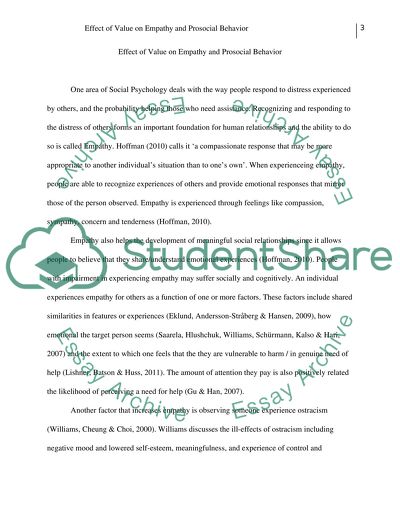Cite this document
(“Effect of Value on Empathy and Prosocial Behavior Lab Report”, n.d.)
Effect of Value on Empathy and Prosocial Behavior Lab Report. Retrieved from https://studentshare.org/psychology/1450480-empathy-lab-report
Effect of Value on Empathy and Prosocial Behavior Lab Report. Retrieved from https://studentshare.org/psychology/1450480-empathy-lab-report
(Effect of Value on Empathy and Prosocial Behavior Lab Report)
Effect of Value on Empathy and Prosocial Behavior Lab Report. https://studentshare.org/psychology/1450480-empathy-lab-report.
Effect of Value on Empathy and Prosocial Behavior Lab Report. https://studentshare.org/psychology/1450480-empathy-lab-report.
“Effect of Value on Empathy and Prosocial Behavior Lab Report”, n.d. https://studentshare.org/psychology/1450480-empathy-lab-report.


